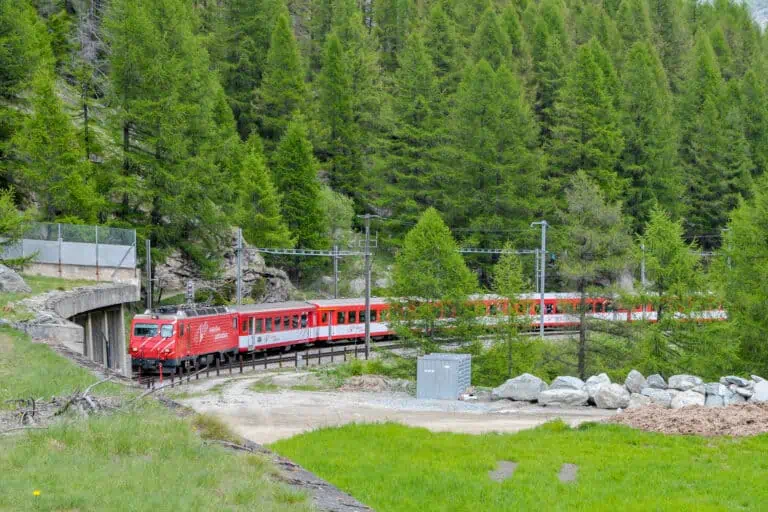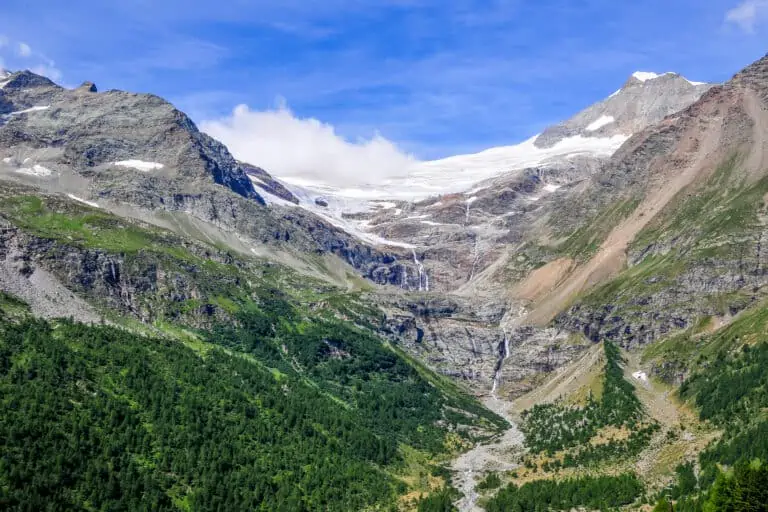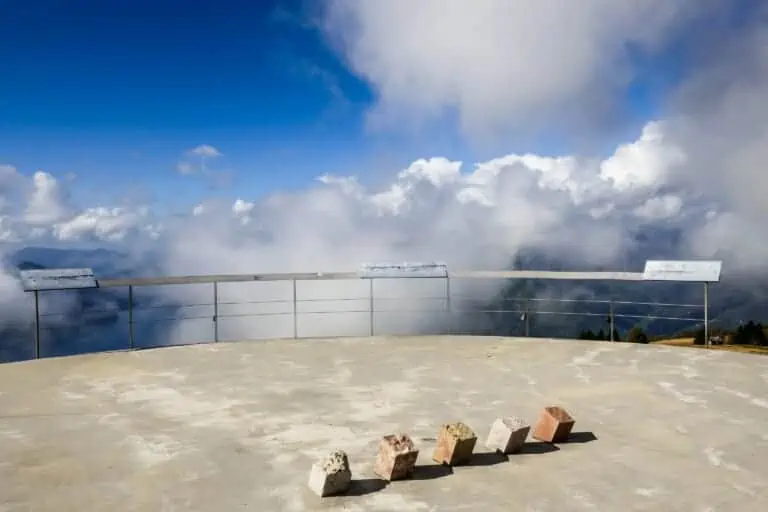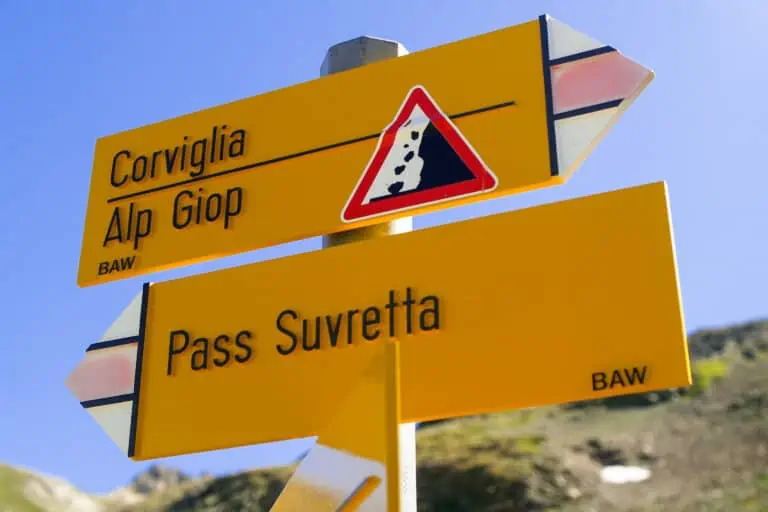The genesis of the Alps
The surface of the earth is in motion. Not only volcanic eruptions, but also earthquakes maintain a continuous process of change. Earthquakes are caused by the slow movement of shifting continents: towards each other, away from each other, or one over the other. When these tectonic plates move towards each other, the enormous pressure can form new mountain chains.
The history of the Alps started some 500 million years ago. In the then-existing Tethyan Sea, the materials the Alps are made of (such as marble, limestone and granite) developed over many millions of years.
The actual mountain-building started 100 million years ago, when the African tectonic plate started to move towards and cause pressure on the more stable tectonic plates of Europe and Asia. Under the influence of this gigantic pressure, the bottom of the sea rose to form new mountains. On a smaller scale, glacial periods and glaciers caused the shaping of the mountains by their eroding influence.
The Alps are still growing
The growth process is still going on. On a geological timescale, the Alps are a young mountain range, still developing: the Alps gain about one millimeter (0.04 “) in height every year.
One can recognize a young mountain range by its high and roughly shaped tops. The summits will be subject to wear, caused by erosion, and weathering. Eventually they will round off. As a result of this, the mountains will disappear in the long term.
The Alps were the first mountainous area that was geologically investigated in an extensive way. Many geological terms find their origin in the Alps. Worldwide the name ‘Alps’ is often used in the nomenclature of other mountain ranges.
The dynamic Alps
Mountains are always in motion. Now too nature causes the Alps to change constantly.
Melting snow forms fast-streaming masses of water by which stones and rock waste are carried away and rocks slowly are ground into round shapes. This, for instance, can be seen at the Trümmelbachfälle. Glaciers slowly slide down the mountain slope and grind new valleys. This impressive natural phenomenon can be seen near the Grosser Aletsch glacier.
Avalanches tumble into the valleys, as well as rockfalls. This cannot always be predicted, so it unfortunately takes casualties regularly.
Examples of flooding in Switzerland
- Heavy weather can instantly transform quiet brooklets into fierce rivers, even on days that start with nice summer weather. This happened in the Bernese Oberland on July 27, 1999, where 21 tourists died in the Saxet Bach, while canyoning down the river.
- Heavy rains occurred in Switzerland and surrounding countries in August 2005, causing several casualties. The central and eastern parts of the country suffered from flooding and landslides. Residential areas flooded and roads and railroads needed to close due to damaged bridges. Many people were evacuated. Trouble was not limited to deserted areas. Parts of Bern and Interlaken flooded as well. The Lower Engadine in Graubünden and tourist resorts such as Grindelwald, Lauterbrunnen and Engelberg were cut off from the outside world. Buildings collapsed in Brienz in the Bernese Oberland.
- Floodings in Switzerland and surrounding countries occurred in the summer of 2021 as well.
The Swiss Alps are a safe destination
These kinds of events show that it is mandatory to take caution in the mountains. But this should be no reason not to come and explore the Swiss Alps and enjoy the impressive scenery. Accidents are rare and often due to imprudence.
On top of that, the Swiss are very alert for possible danger. The Swiss Alps are actually one of the safest mountainous areas in the world. Just be prepared and you’ll be fine.
Wildlife in the Alps
There are many different animals in the Swiss Alps. Some examples are wildcats, badgers, bats, salamanders, frogs, squirrels, rabbits, vipers, and many birds.
Like in other parts of western Europe, larger wild animals have been almost or completely extinct in Switzerland. However, wildlife organizations managed to re-introduce animals such as the ibex, the fox, the lynx and the wolf.
Wolves
Wolves have been extinct from Switzerland for quite a while, but they are back. Wolves are not as dangerous as you may think. They avoid human beings and at the most, they will protect themselves while being hunted. The chances of seeing one are slim. There aren’t many wolves in Switzerland and they are shy.
If you do see one, it will usually hide in the bushes quickly. Humans are simply not a prey to wolves. To keep them as shy as they are, it is important not to feed them. Do not approach them either. Dogs should be kept on a leash at all times.
Bears
Bears were extinct in Switzerland for the entire 20th century. Since 2005, a few European brown bears have returned to the Swiss Alps.
Brown bears do normally pose no threat to people. Humans are not a prey to them and they prefer to avoid people. Seeing a bear in Switzerland is a really rare event. To prevent any problems, do not dispose of trash in the outdoors. Dogs should be kept on the leash at all times. And if you see bear footprints, don’t follow them but hike in a different direction.
If you do encounter a bear, this is how to behave:
- If you see a bear cub, immediately return. The mother will be around and she’ll defend her cubs.
- If you see an adult bear, he or she apparently hasn’t heard or smelled you before. So he/she may be frightened or curious. Slowly walk back and make sure the bear can escape.
- Bears may make a mock attack to scare off potential enemies. This especially happens with mother bears. They may run toward you and stop at a few meters’ distance. Stand still, remain calm, and wait until she’s gone.
Source: CAA leaflet as linked by www.sac-cas.ch.
More practical safety and preparation tips
Other websites of interest
- www.nationalpark.ch: Swiss National Park
- www.pronatura.ch: large predators in Switzerland
More blog posts you may like 
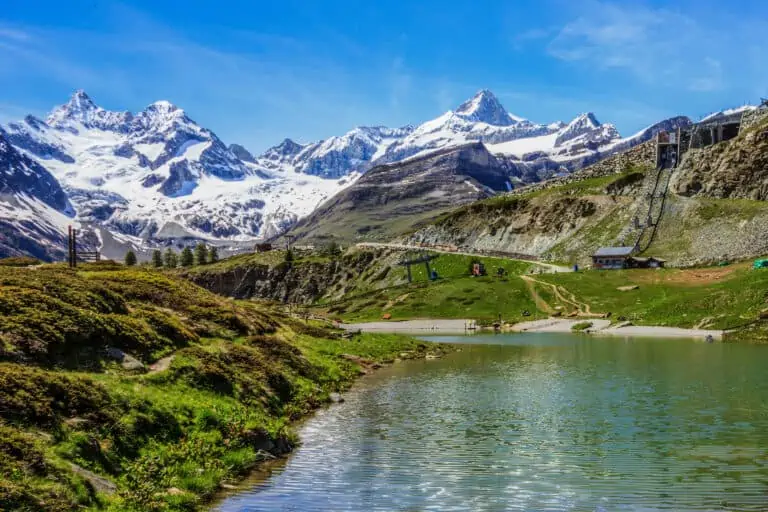
Gornergrat, Matterhorn Glacier Paradise, Sunnegga-Rothorn

Tourist tax
